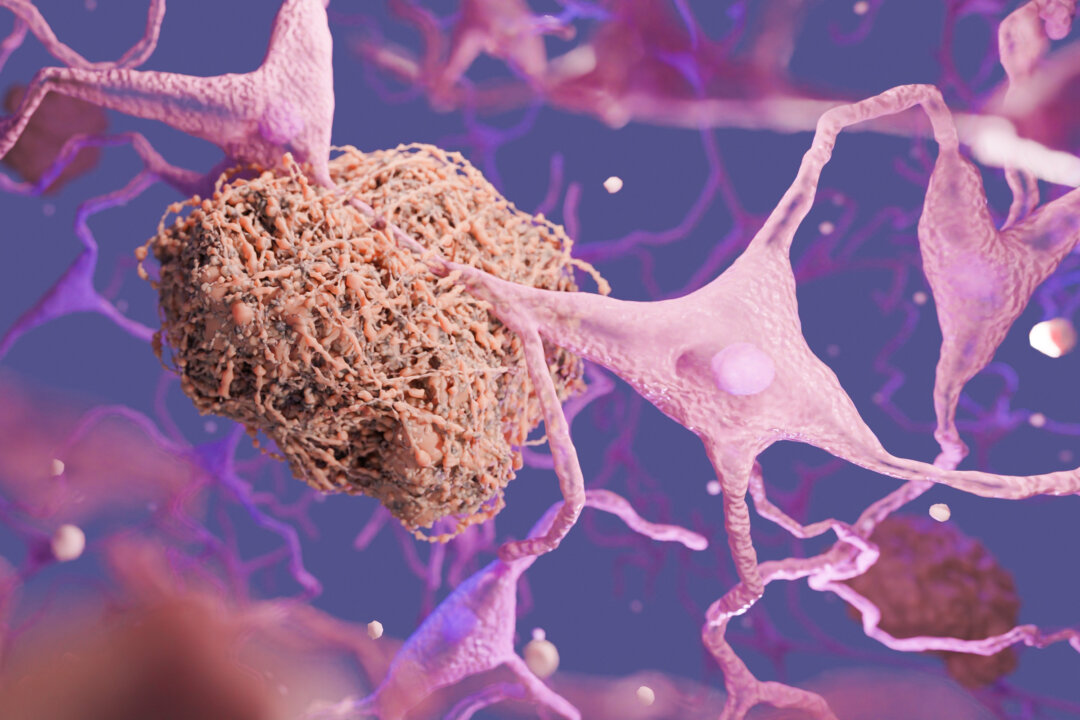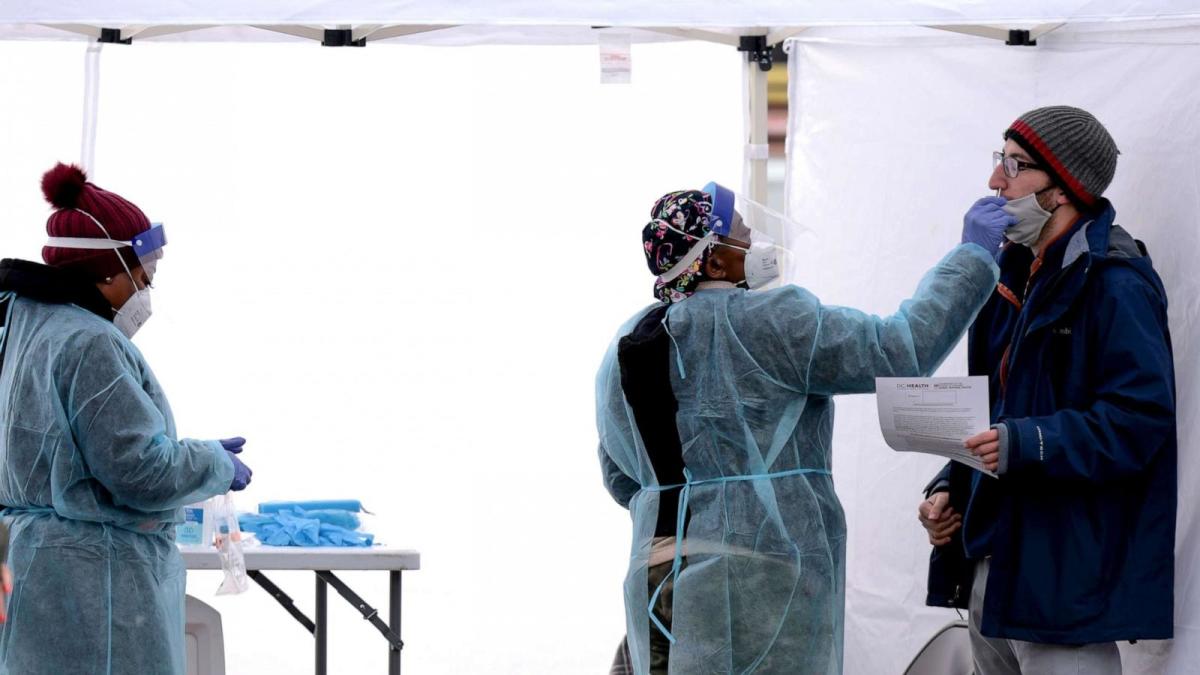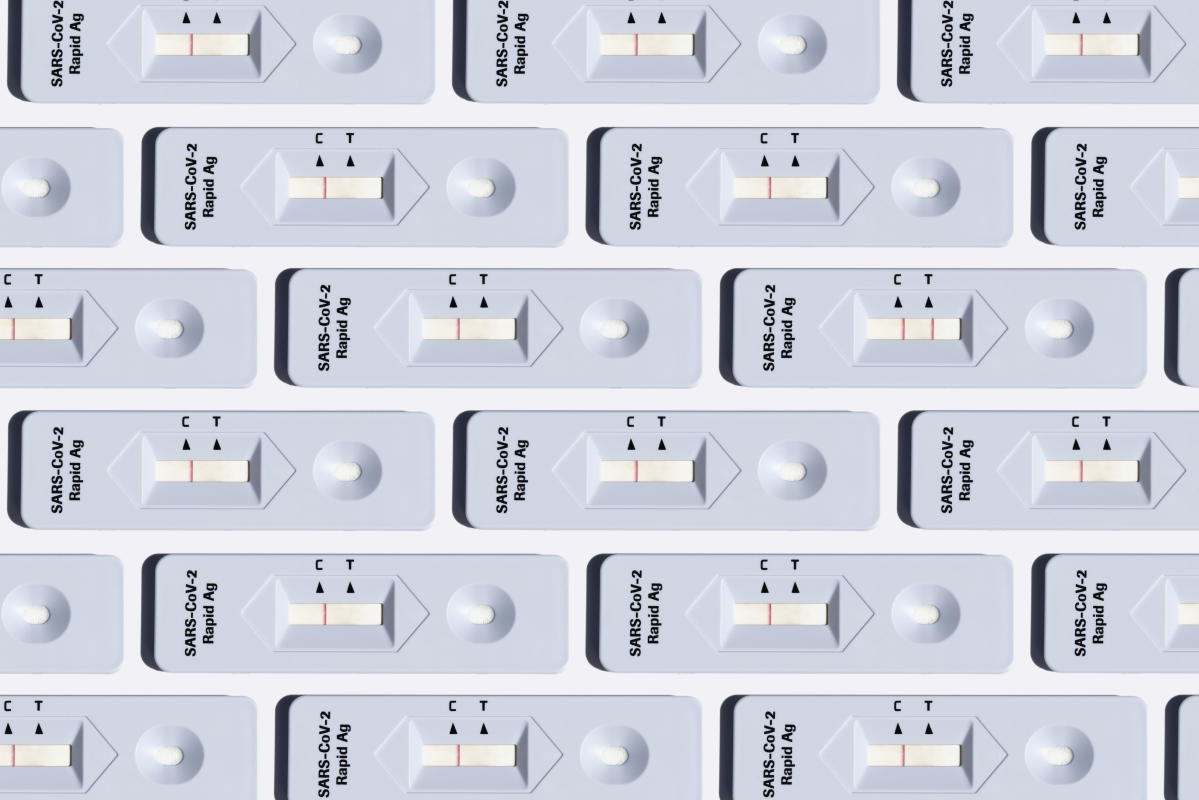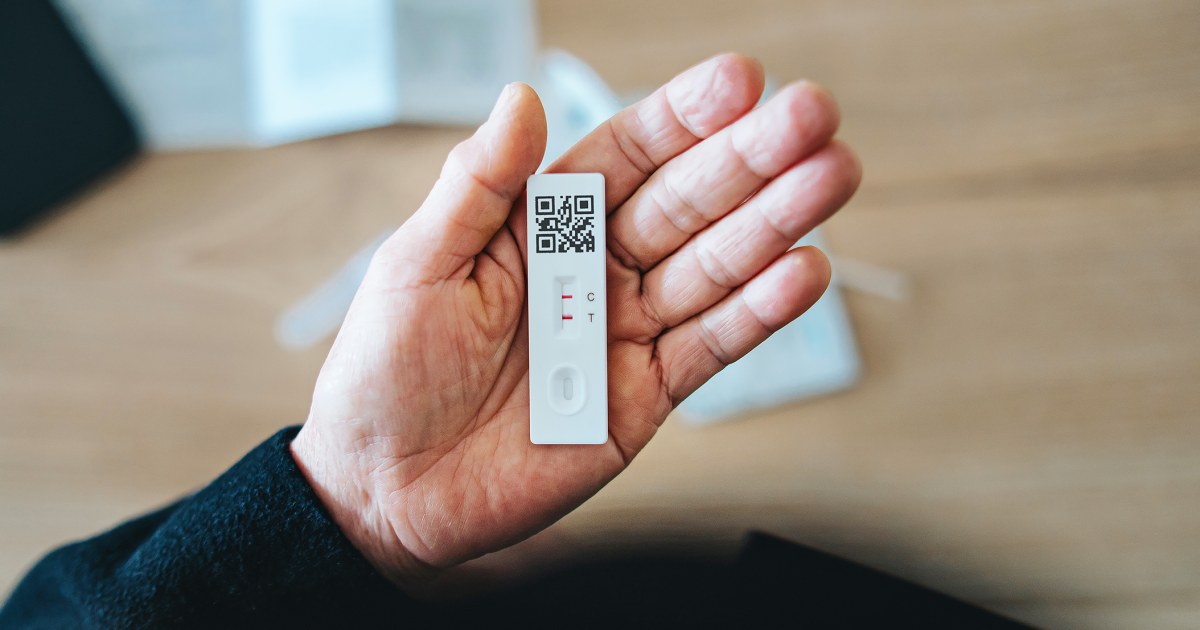Americans who regularly get a flu shot are just the type of people you’d expect would routinely get vaccinated against Covid. And yet many are not.

www.statnews.com
(fair use applies)
Why many more people are lining up for a flu shot than a Covid vaccine
Helen Branswell
By Helen Branswell Jan. 22, 2024
America is over the Covid vaccine.
Frantic lineups for scarce doses when Covid vaccines first became available have long since given way to widespread indifference. Each new round of boosters has drawn fewer bared arms than the round before it. The Centers for Disease Control and Prevention estimates that, as of Jan. 6, a mere 21.5% of Americans aged 18 and older and 11% of children have been vaccinated with the latest Covid vaccine.
But before you write off that number as a reflection of hesitancy over vaccines overall, consider this: 46.7% of Americans aged 18 and older and 47.5% of children have been vaccinated against influenza for this cold and flu season. In older adults, who are at the greatest risk from Covid, the gap is wider still; 73% of people 65 and older have received a flu shot, but only 41% have taken the Covid booster.
Why the disparity? Americans who regularly get a flu shot are just the type of people you’d expect would routinely get vaccinated against Covid. Yet as the statistics reveal, even many of them appear to have declined the latest booster.
It’s not clear that a single definitive answer exists; in fact there is likely a combination of explanations, say people who study vaccine acceptance and vaccine hesitancy. They see this group as both a missed opportunity and as a cohort that could be swayed.
Jason Schwartz, an associate professor of health policy at the Yale School of Public Health, called people who get vaccinated against flu “the lowest hanging fruit for increasing Covid vaccine uptake.”
“These are people who are signaling right by their very actions that they are supportive of vaccines generally and that they’re supportive of the idea of an annual vaccination effort, even [with] a vaccine that is known to be less than perfect,” said Schwartz, who specializes in vaccine policy. “And the fact that those individuals are in some sense voting with their feet by … passing on Covid is a real warning sign above and beyond all the other issues these vaccination efforts face.”
The experts with whom STAT spoke about this issue expressed little surprise at the chasm between flu vaccine and Covid vaccine acceptance rates. While there are a striking number of similarities between the two vaccines — similarities health authorities might be advised to highlight more in their promotional efforts for Covid shots, some experts say — there are also intractable differences.
“I think it’s generally true that people who get flu shots are higher seekers of health care, and maybe put a greater premium on their health than people who don’t get flu shots. But … I think that the Covid vaccine is kind of in a different category,” said Sara Gorman, executive director of Those Nerdy Girls, a collective of women scientists and clinicians that formed — initially under the banner Dear Pandemic — to answer questions and dispel misinformation about Covid-19. (The group has since broadened its focus to encompass other scientific topics as well.)
For starters, there’s a veneer of politics clinging to the Covid vaccine that staid old flu vaccines do not have.
“Getting a Covid vaccine has come to symbolize identity politics in a way that no other vaccine really has,” said Gorman, who is the author of the upcoming book “The Anatomy of Deception: Conspiracy Theories, Distrust, and Public Health in America.”
“It is true that people on the left tend to get more vaccines in general. But even if you are sort of somewhere in the middle, and you still want your flu shot, but getting a Covid shot would mean associating yourself with a certain political identity that’s really not palatable to you, then you’re not going to do it,” she said.
Heidi Larson, director of the Vaccine Confidence Project, agreed, noting there is clear evidence of a political divide on Covid vaccine acceptance, with vaccination rates substantially higher among Democrats than among Republicans. Flu vaccine is simply not part of a political identity in that same way.
There is also a cloud of discomfort surrounding Covid vaccinations — questions about safety and effectiveness — that doesn’t hover over the flu vaccine, Schwartz noted.
He drew a parallel between the response to Covid vaccines and to HPV vaccines after the latter were first approved in the mid-aughts. Those vaccines prevent infection with human papillomaviruses that cause cervical, penile, and other cancers — viruses that are transmitted mainly by sex.
HPV vaccines are highly effective and work best when given before adolescents become sexually active. But vaccinating preteens and teens to protect them against a sexually transmitted infection is a bridge some parents have been reluctant to cross. Schwartz said it’s not unusual to see adolescents come in for medical appointments to get recommended vaccinations and leave having gotten a tetanus, diphtheria, and pertussis booster and a meningococcal vaccine but no HPV shot.
That kind of behavior is not uncommon when it comes to vaccines, Gorman said, with people agreeing to some but not others. “Most people are not in the camp of getting every single vaccine or not getting any vaccines,” she said.
Part of the unease with Covid vaccines relates to the unprecedented speed with which they were developed. Also at work, the experts said, are concerns about the messenger RNA platform used by the Pfizer and Moderna vaccines. These are the first approved vaccines that deploy mRNA to teach immune systems to protect against a threat. The vaccines have been given to hundreds of millions of people; there is overwhelming evidence they are effective and safe. But the mere notion of mRNA makes some people nervous.
“It’s a different technology, the mRNA technology, which people often don’t fully understand, and I think can be afraid of [it],” Gorman said.
Anti-vaccine campaigners have leaned into those fears, attempting to link Covid vaccines to a variety of serious side effects for which there is no scientific evidence. Larson pointed to the claims that erupt on social media when high-profile figures have sudden unexplained illnesses or young athletes die unexpectedly. “There have been some pretty awful social media campaigns like the whole sudden death thing. That really scares people,” said Larson, who is a professor of anthropology and risk at the London School of Hygiene and Tropical Medicine and the University of Washington at Seattle.
“Especially with Covid, that stuff really is in the air. And people do pick up on bits and pieces of it,” Gorman said.
The short-term side effects associated with the mRNA vaccines may also be contributing to reluctance. For some people, these vaccines are a breeze, but for others, a day or two of fever, aches, and chills are guaranteed to follow a booster. “We know from other vaccines that any mark in the ‘this is inconvenient for me’ column will suppress uptake,” said Malia Jones, an assistant professor of spatial dimensions of community health at the University of Wisconsin-Madison.
Legitimate scientific debate over how well boosters work and who needs additional shots at this point could also be fueling a sense of distrust among some individuals who are otherwise open to vaccination, the experts said. These debates aren’t happening about flu shots, which have been in routine use for decades. And it is clear some primary care providers are ambivalent about the need for additional Covid shots, and as a result may not be advocating strongly that their patients stay up to date. Study after study has shown that a firm recommendation from a trusted medical professional plays a huge role in persuading people to be vaccinated.
“I think in some cases, clinicians are not recommending them as strongly as they might for people who’ve already got … five, six, seven vaccines already,” said Jones, who personally knows some doctors who question whether another booster is necessary at this point.
These discussions, this ambivalence — they are not lost on people who are vacillating about whether to get a Covid shot, Schwartz said. “I think it can lead to both fatigue and confusion, saying, ‘Listen, even the experts can’t figure out sort of how to think about Covid vaccines. To hell with it.’”
He believes at this point the public undervalues Covid shots and underestimates the risk the illness presents.
“We continue to see studies showing the benefits of those additional doses in terms of the new responses and in terms of outcomes. And I think, increasingly, they seem to just sort of land with a thud. I don’t see them changing the public discourse,” Schwartz said.
Larson said people aren’t wrong to conclude that the risk from Covid has eased. Covid death rates are now, thankfully, a fraction of what they were two or three years ago. She believes the massive Omicron wave that began in late 2021 changed perceptions about Covid. The new variant was so adept at transmitting that massive numbers of people who had until then avoided Covid became infected in the early months of 2022. But the new version of the virus triggered less severe illness than the Delta variant that preceded it.
“That was like a turning point where people all of a sudden were like, ‘Oh, I think we’re out of the bad bit. It’s just like the flu, or a cold,’” Larson said. But flu isn’t benign, and furthermore, Covid is still more dangerous than flu, she noted.
In the first week of January, three-and-a-quarter times more people died from a Covid infection than from flu, according to CDC data. Drawing figures like those to the public’s attention might move some people who are on the fence, she said. “It’s not going to change the extremists’ minds.”
Larson thinks health authorities should play up the similarities between flu vaccination and Covid vaccination to appeal to more people who will take the former but not the latter. Like the fact that both vaccines have to be updated regularly because the viruses evolve. Like the fact that neither vaccine offers failsafe protection against infection, but both lower the risk of serious illness and death. Like the fact that with both flu viruses and SARS-2, immunity induced by vaccination or infection wanes, and therefore revaccination is required.
People understand these things about flu vaccine. These facts are baked into their acceptance of the need for an annual flu shot. But paradoxically, with Covid, these features seem to fuel distrust of the vaccines. People who catch flu after having a flu shot surmise they would have been sicker but for the vaccine. But if people see someone they know received a Covid booster go on to get infected, they conclude the shot isn’t worthwhile, Gorman said.
Flu vaccine has a clear advantage, thanks to the fact it’s been around for eons. People don’t really have to devote too much brain time to a decision. “It’s become normalized, become a routine,” Schwartz said.
Jones believes that that’s a big part of the problem in persuading people to get vaccinated against Covid. She has talked to parents about why their kids got a flu vaccine but not a Covid shot. “It’s just still too new,” she was told. And some of the questions people quite reasonably pose — Do we need annual shots? Does everyone need an annual shot? — can’t yet be answered. That adds to the discomfort, she said.
Jones thinks there will eventually be a standing recommendation from the CDC that everyone get a Covid shot every autumn, along the lines of the recommendations for the flu vaccine. “That would help signal to some of these folks who get an annual flu vaccine that this is on a schedule. It has to be updated every so often in order to keep our immunity fresh,” Jones said.
She and others said, however, that while there are ways to make inroads with the population of people who get annual flu shots, it’s going to take time. And even then, there will be people who will not be swayed.
“I don’t think there’s any magic fix for these things. But I do think sometimes those kinds of nudges help a bit,” said Larson. “But it’s only going to be for the people that are maybe leaning to yes but are not convinced enough.”

www.statnews.com














